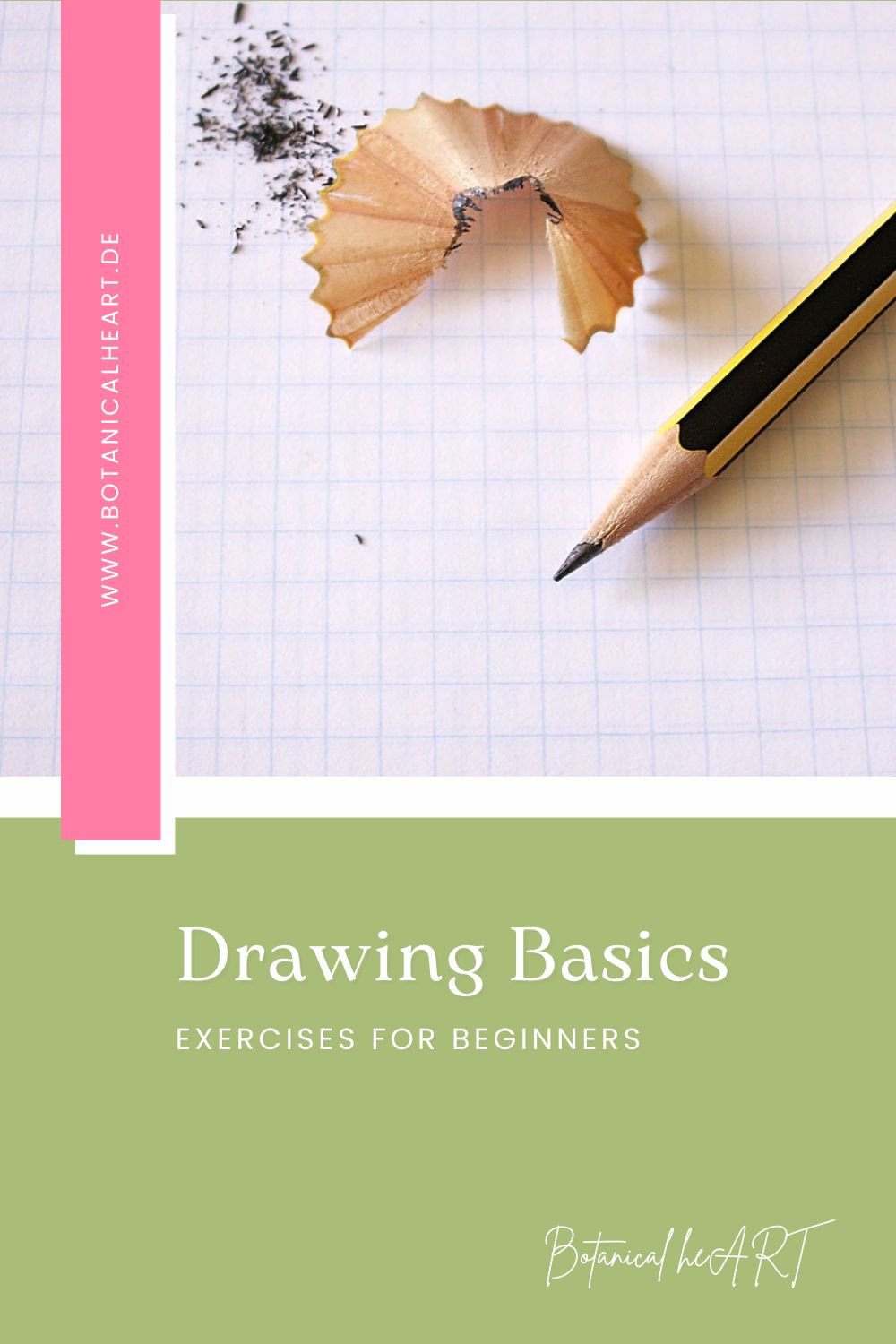Drawing Exercises for Beginners
Drawing and painting are wonderful ways to express creativity and capture the beauty of the world.
However, many people think they can't draw or feel they have no control over their drawings.
Phrases like “I've never been good at painting,” “I can't even draw a straight line,” or “I have no talent” reflect this belief.
In this article, I'll show you why talent isn't the key factor and how you can make amazing progress through daily practice—even if you only invest a few minutes a day.
Why Regular Practice is So Important
Being able to paint isn't a matter of talent; it's a skill that can be learned. Sure, it might come more easily to some than others. But we all possess the fundamental ability.
This means drawing is like any other skill—the more you practice, the better you become.
Don't believe me? Just give it a try.
What You Need to Get Started
If you're thinking you don't have the right tools, I have good news for you.
You don’t need much to practice, and certainly not expensive materials.
Simple paper (e.g., printer paper) and a regular pencil are perfectly sufficient.
A smooth surface: Make sure your surface is stable and smooth so you can perform your exercises well.
Either you already have an appropriate table or just use a few sheets of your drawing paper to create a thicker cushioning layer.
A personal goal: Set a fixed time period in which you want to practice regularly.
Example: “For the next two weeks, I will draw for 5 minutes every day.”
What you can also do, in addition to your drawing exercises, is use a pen to write things down instead of taking notes on your smartphone.
But if you wanna know more about specific drawing exercises, just keep reading.
What You Should Practice
Now that we have the simple materials, let’s move on to some simple exercises. Even when it comes to exercises, we don’t dive right into the deep end.
To improve your skills, it’s enough to practice basic drawing techniques and movements.
Here are some drawing techniques that are important to master:
Lines
Draw long and short lines
from left to right, from right to left
from top to bottom and from bottom to top
straight and curved
Parallel Lines
Draw any line and try to draw even, parallel lines without lifting your pencil. This will come in handy later when drawing plant stems.
Psst: This probably won't work perfectly on the first try...
Vary the Pressure
to create different line thicknesses.
Basic Geometric Shapes
If you want to draw flowers, fruits, leaves, and other botanical objects later, it's important to master these basic geometric shapes first:
Draw circles & ovals
triangles
and squares
Setting Goals and Observing Your Progress
When you practice, don’t just draw 5 lines and a circle; really set a time for yourself and see how much you can accomplish in that time, or set a goal to fill a sheet of paper.
If you really want to improve your skills, it takes personal commitment and a bit of persistence.
So, it’s good to set a firm goal from the start to give yourself a little kickstart.
In the end, you´ll be rewarded for it as you´ll notice progress quickly.
Improving Your Skills
What should you pay attention to if you want to get better? And what are indicators that your skills have already improved?
There are a few key questions you can ask yourself during your practice sessions. Feel free to directly note down what you observe on your exercise sheet.
Do you notice changes in your technique?
Are your lines becoming more confident and less shaky?
Are your dots becoming more even?
Are your geometric shapes becoming cleaner?
How do your materials behave?
Do you recognize faster when your pencil needs sharpening?
Do you feel your paper is smooth enough, or is something about the surface texture bothering you?
What works well? What doesn’t?
Do you find movements in one direction easier than in another? If so, which ones?
Do you prefer straight lines over curved ones?
How do your arm, hand, and fingers behave?
Are they more relaxed/less shaky?
Do you prefer small hand movements, or do you like drawing long lines that require a long arm movement?
Are the exercises boring you?
This is no joke!
Because boredom can have two causes, and it’s important to know what the cause is for you.
You are afraid of the exercises because you are afraid of failing. And your mind is telling you for protection that it’s boring anyway.
You have become so good that you no longer notice significant changes and can move on to new exercises.
In that case, congratulations!
And once you´re ready, feel free to grab my
Materialguide for Drawing with Graphite
Conclusion
I think you now have enough information to start swaying your pencil.
Daily practice is the key to gaining control over your drawings.
And I hope you do!
Remember, no one is born a master, starting out is difficult, and drawing is a skill, not a talent.
And you can make amazing progress with simple materials and simple, targeted exercises.
So grab some paper and a pencil and get started!
Pin this article on Pinterest!


